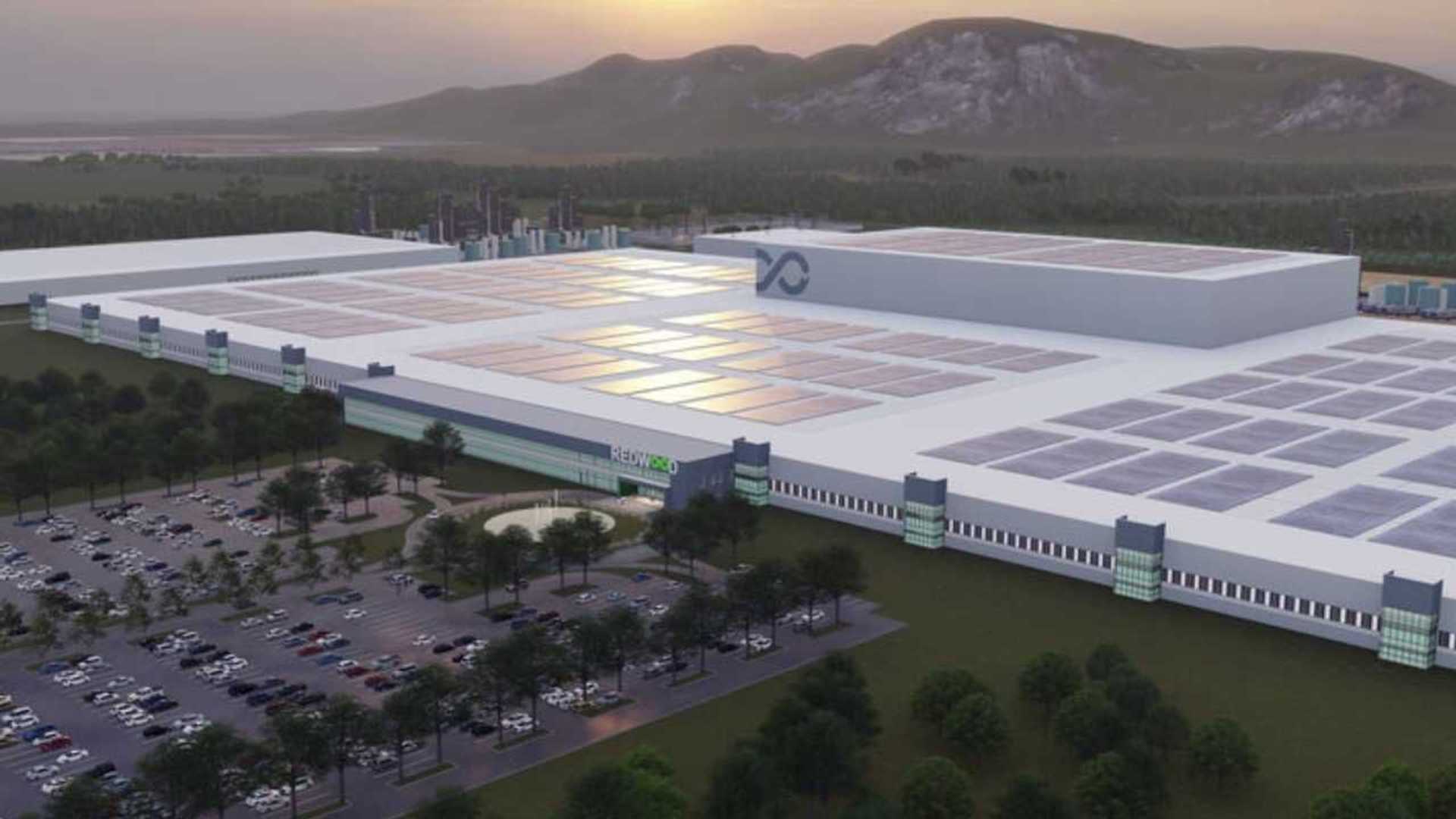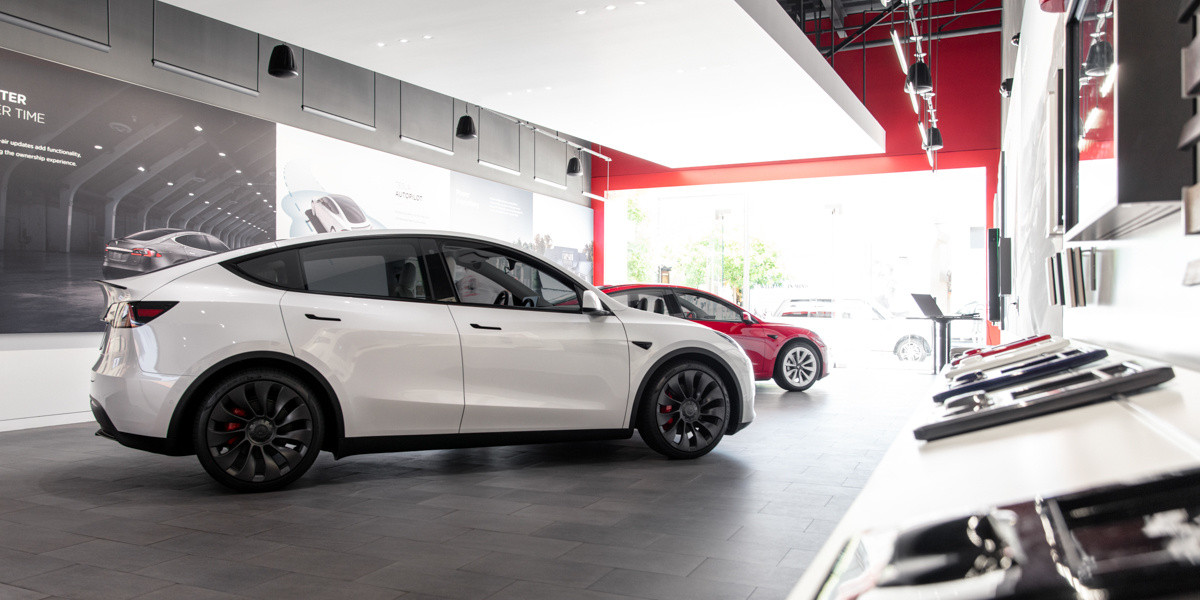Congo Line
(not the dance)
I fail to understand this logic (that Tesla's % of EVs is not important). If we are all assuming that the EV market will gradually overtake/become the entire auto market, % of EV marketshare eventually approaches equality with total auto marketshare.Marketshare does not matter, production and deliveries matter. If Tesla sells 20 million EV's per year and everyone else combined sells 200 million then Tesla only has a 9% marketshare, BUT they would still be selling 20 million cars per year!
Marketshare goes down as more EV models enter the market, that's just math and not a big deal.
On the flip side, currently Tesla's model lineup skews very narrow and toward higher end of market, so difficult to predict where things are headed until they have a broader array of options which corresponds to what total auto market looks like.







